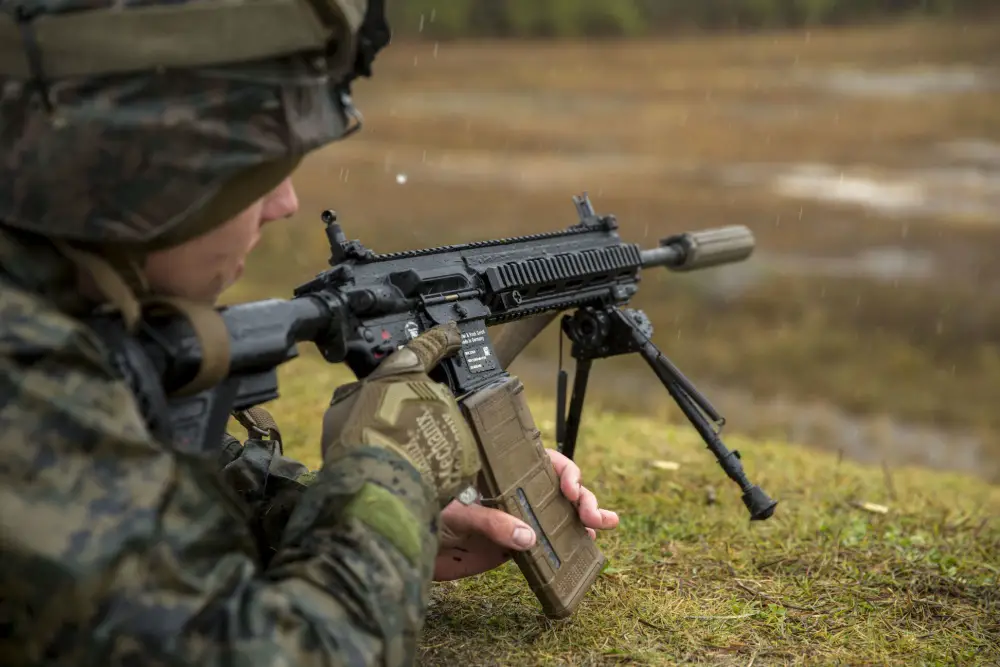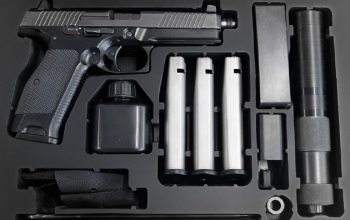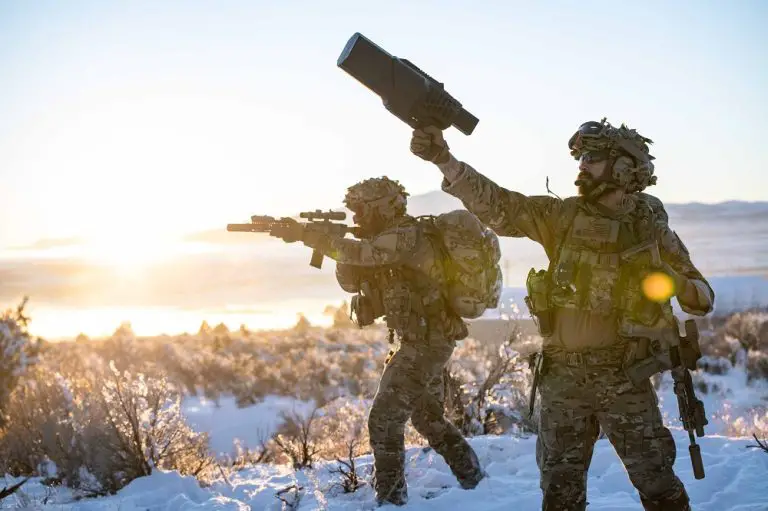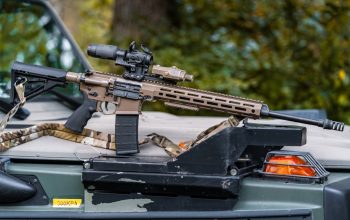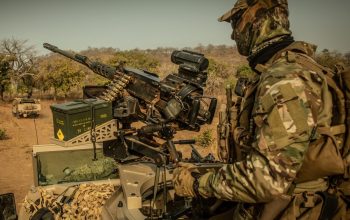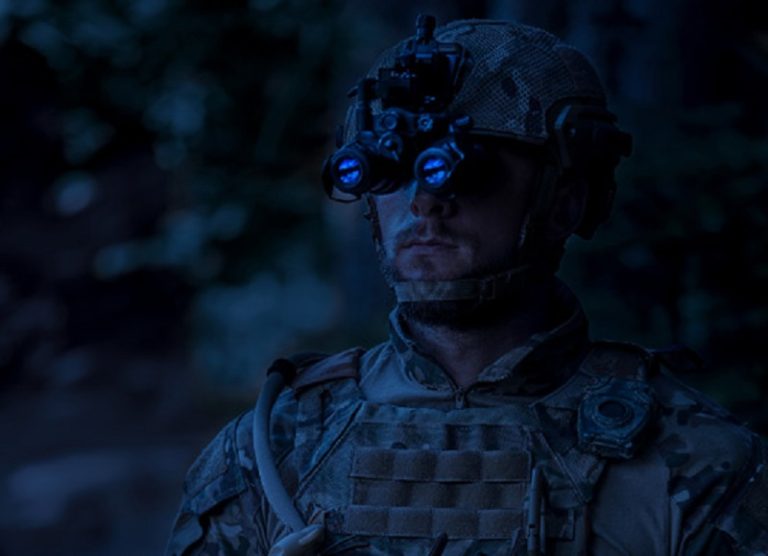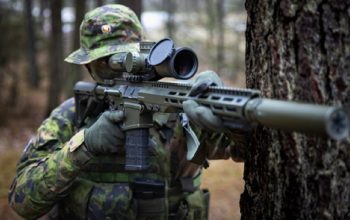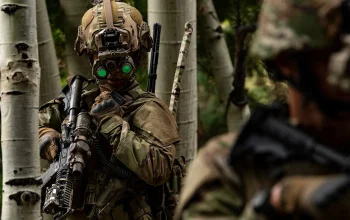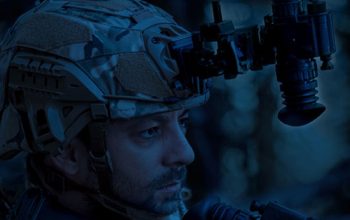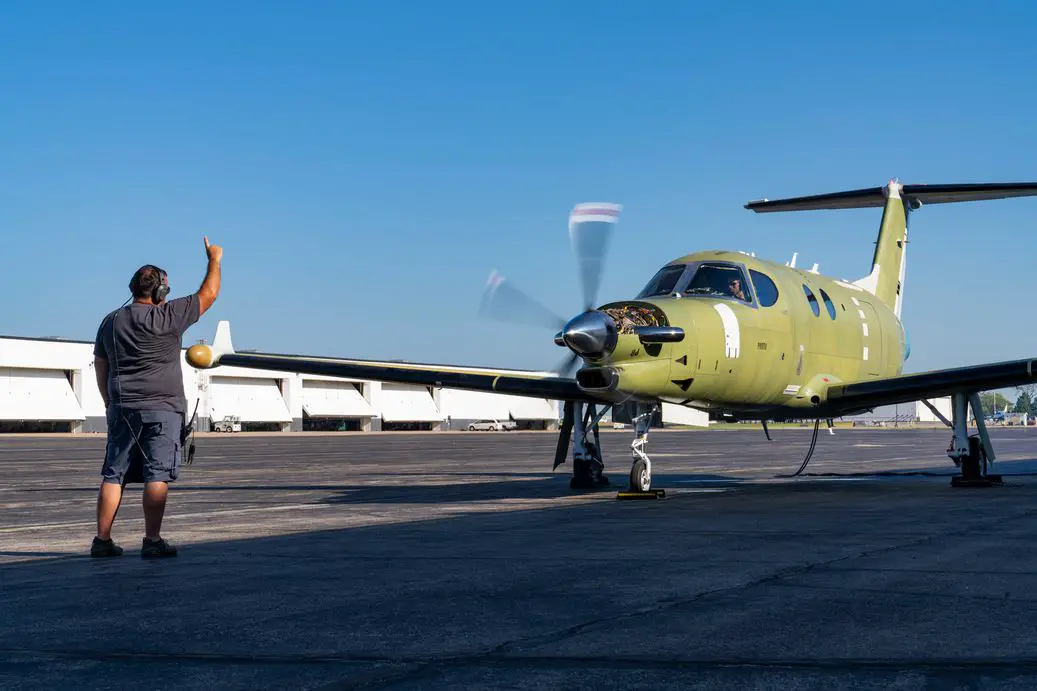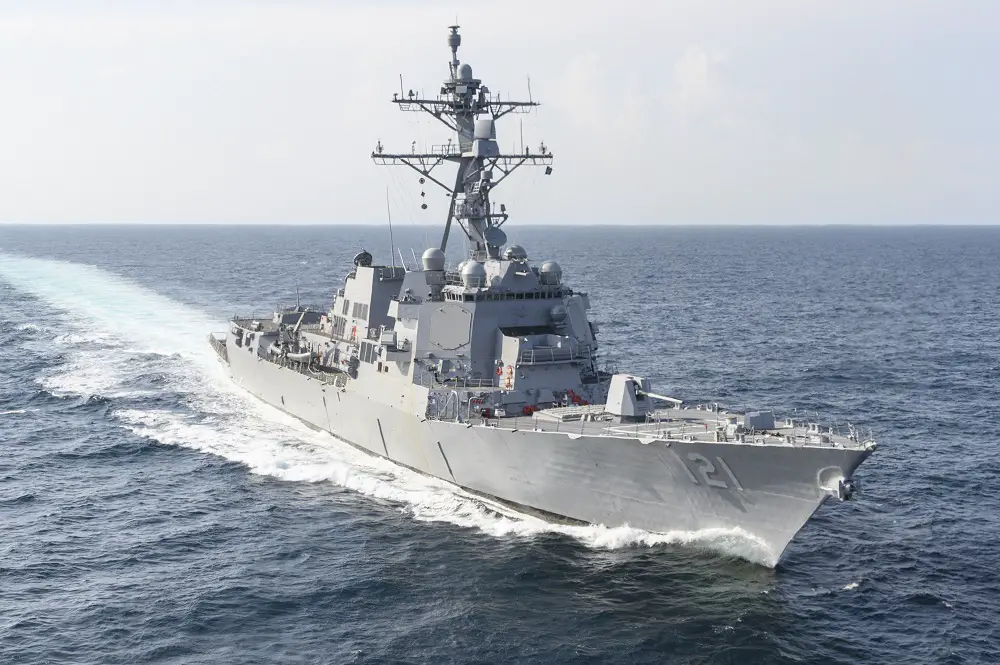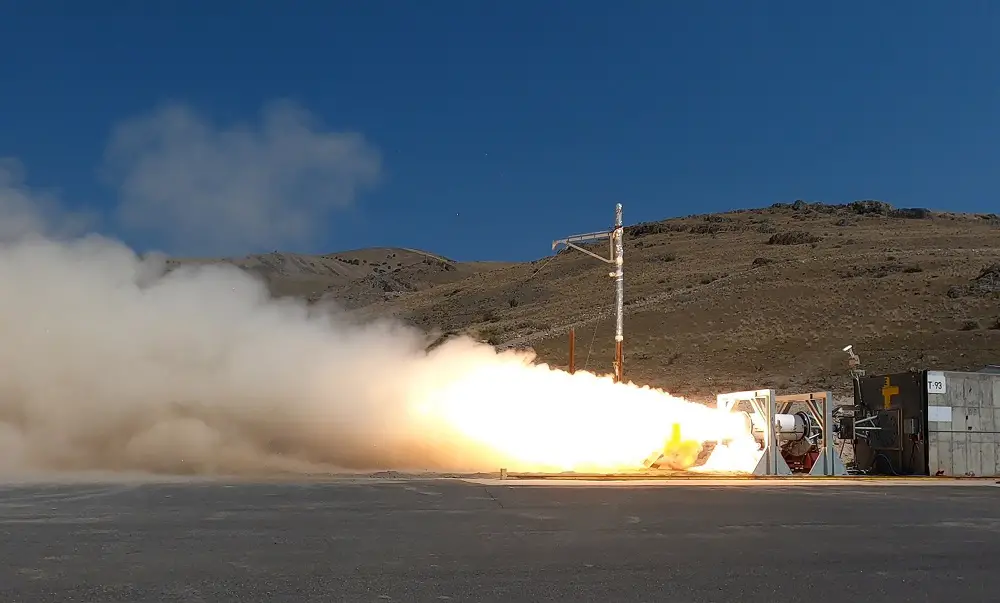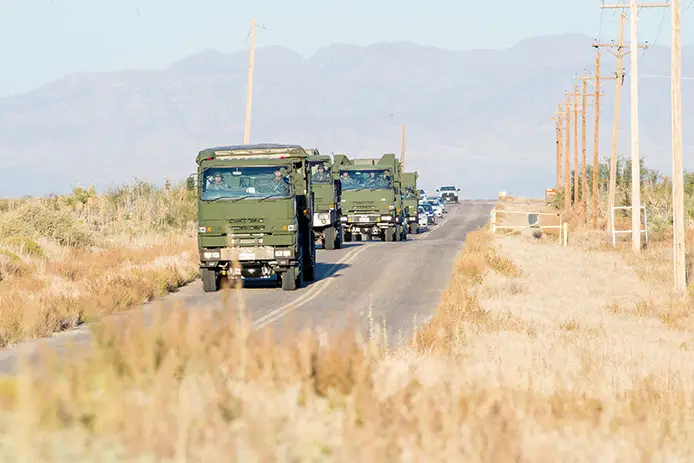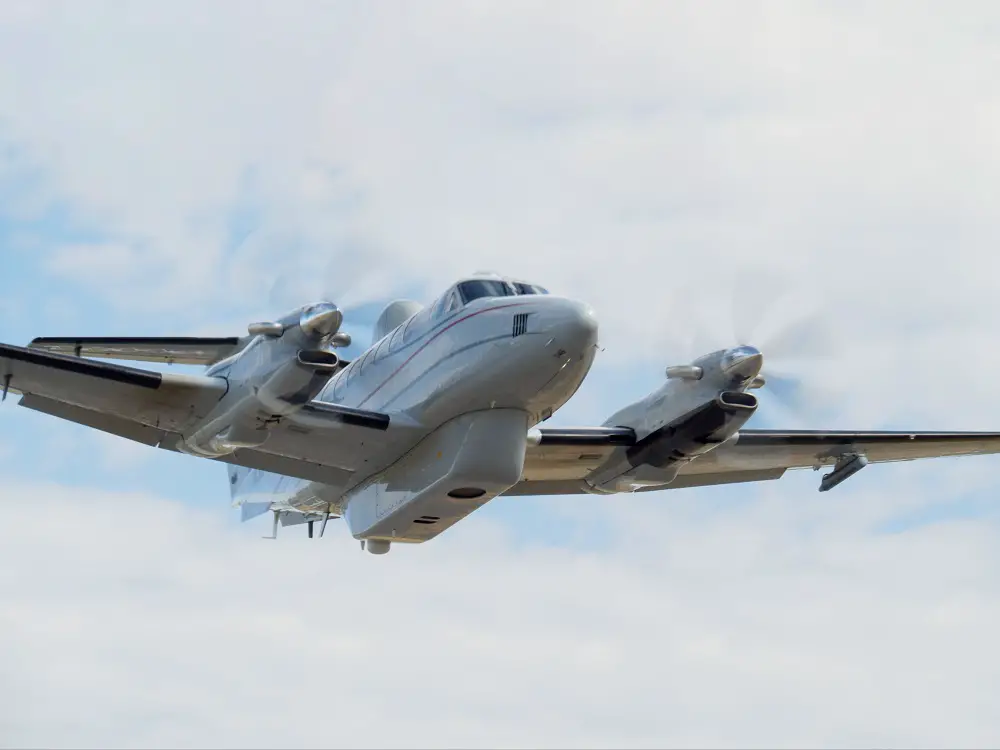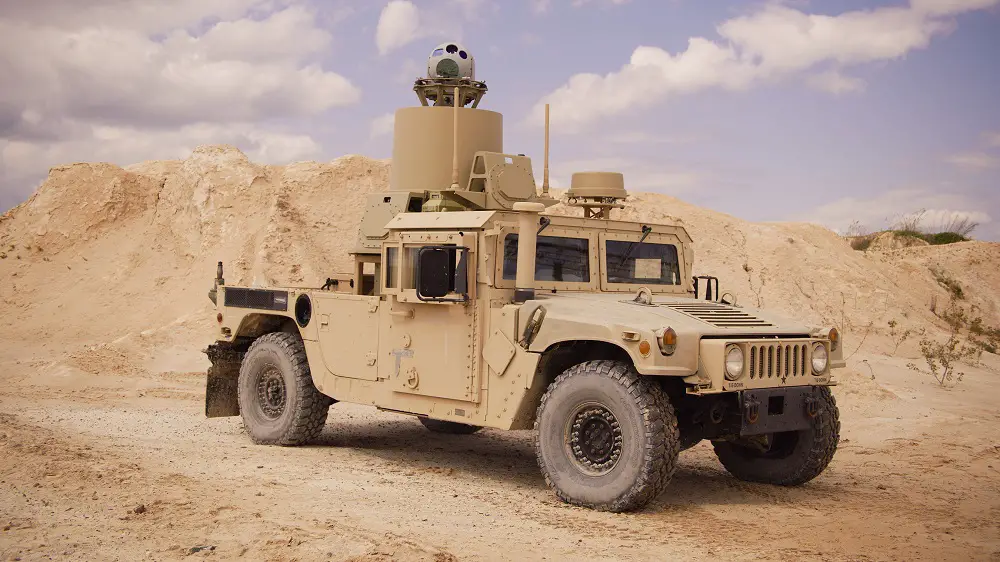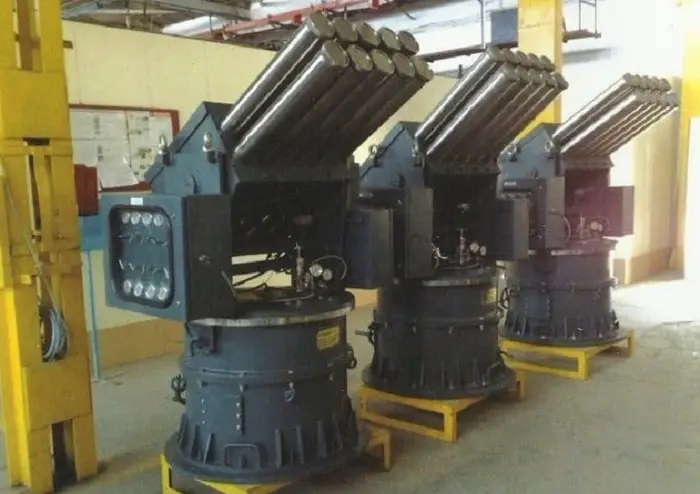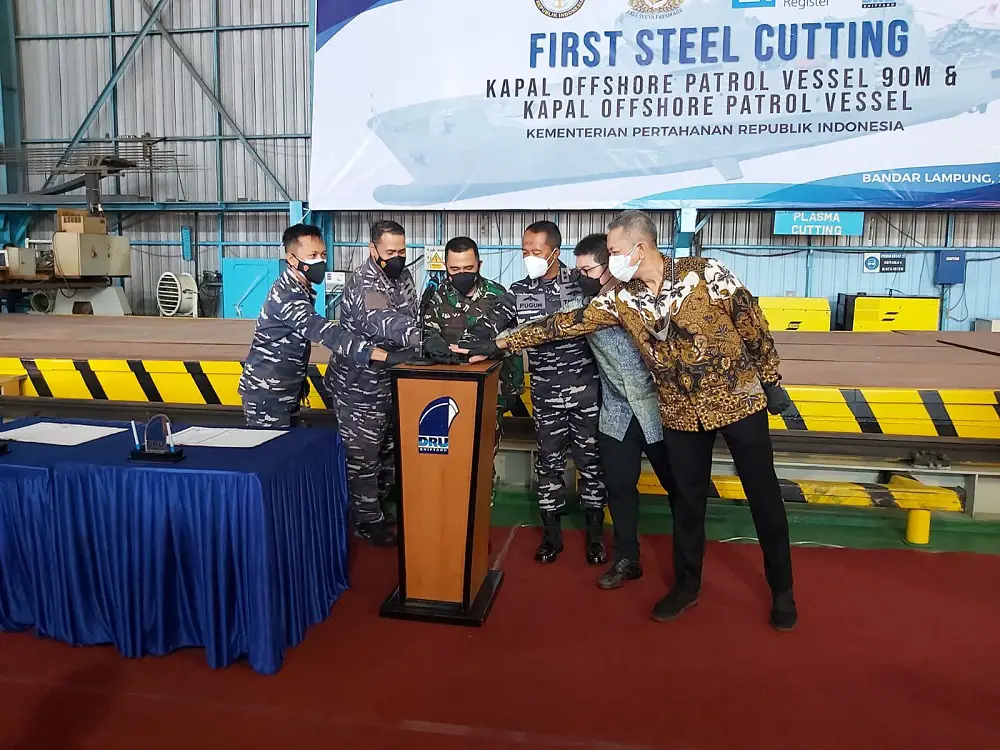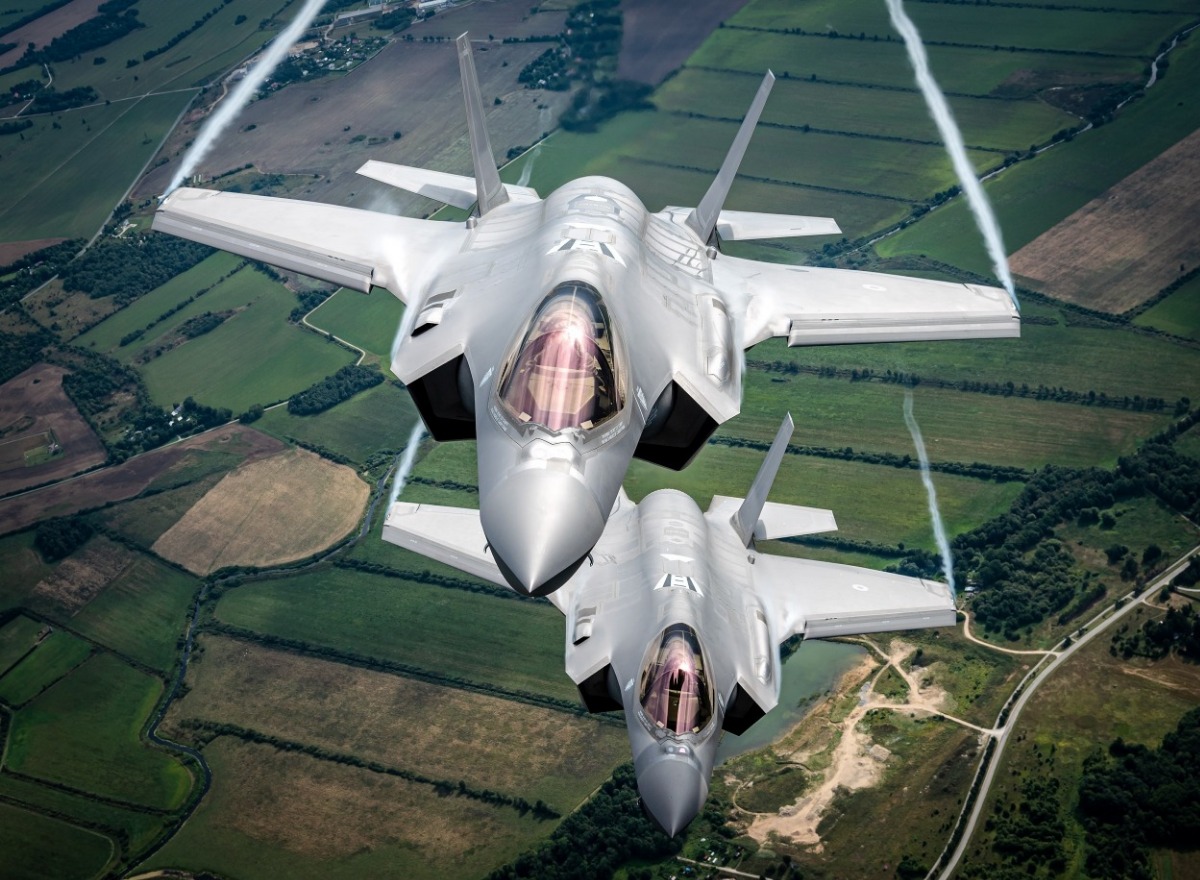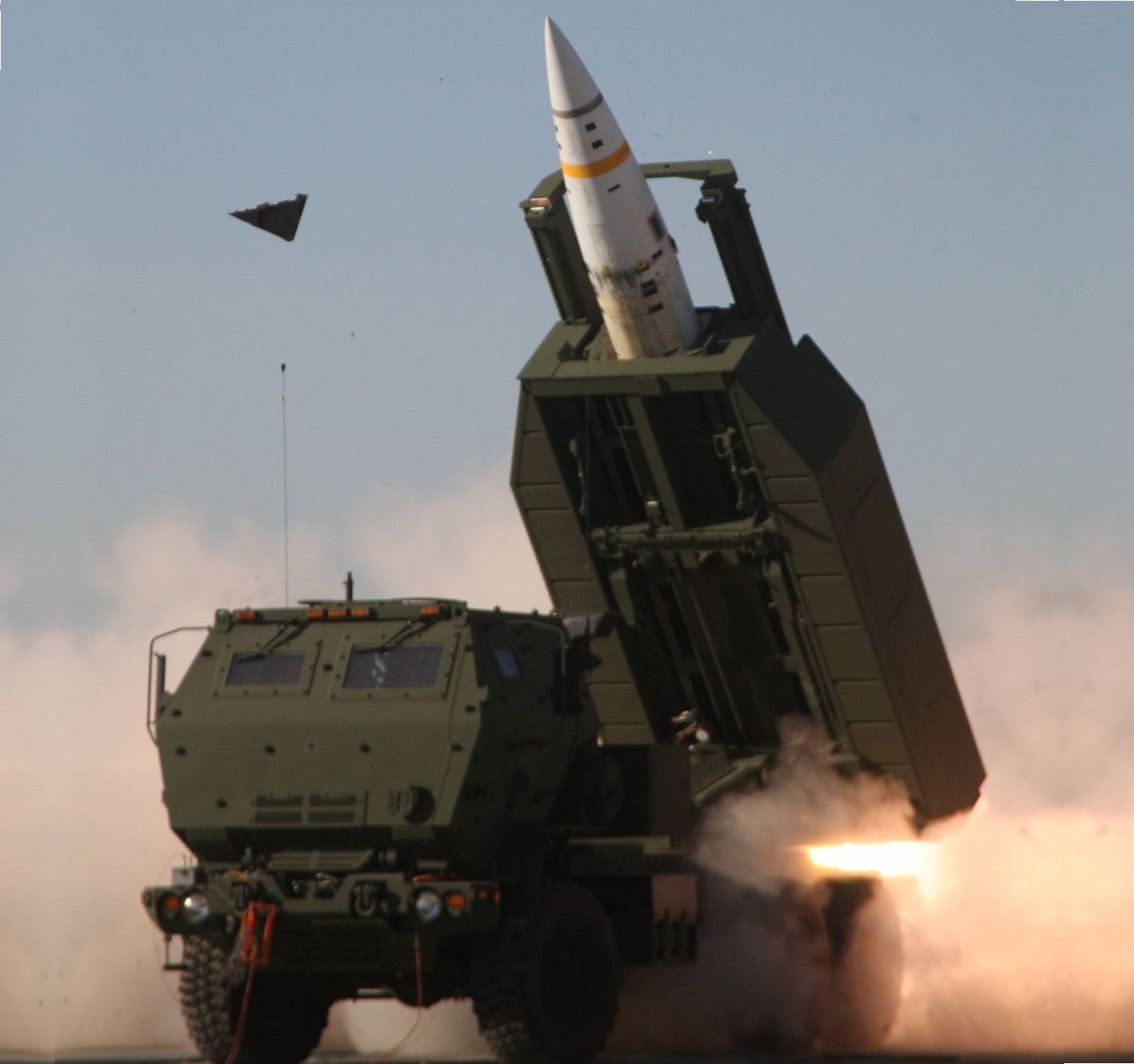Marine Corps Systems Command’s Program Manager for Infantry Weapons has begun a large-scale modernization project to increase the lethality of the infantry squad.
PM IW strives to equip and sustain the Marine Corps with fully-integrated infantry weapons, optics and nonlethal systems for the Ground Combat Element.
The portfolio’s modernization efforts adhere to Commandant of the Marine Corps Gen. David Berger’s vision to redesign the force to meet the challenges of a new age of great power competition. Through PM IW, the Corps plans to field numerous new weapon and optic systems over the next decade.
“This is the largest modernization of the infantry squad in the last 25 years,” said Lt. Col. Tim Hough, MCSC’s program manager for Infantry Weapons.
Strengthening systems
PM IW has begun the procurement of the Modular Handgun System, which will replace all Marine Corps pistols. This striker-fired pistol includes a plastic clip-on piece, enabling Marines to change grip sizes to accommodate different hand sizes. The weapon is compatible with the pistol-aiming module used by some units.
MCSC will begin fielding the system this fiscal year.
“The MHS improves on the precision and reliability of the legacy platforms, while also bringing with it new, more effective ammunition,” said Maj. Mike Brisker, weapons product manager for PM IW.
MCSC is expanding the use of the M27 Infantry Automatic Rifle. Originally fielded to infantry units as a replacement for the M249 Squad Automatic Weapon in 2011, the rifle received overwhelmingly positive feedback from Marines. This feedback led to the Marine Corps’ decision to field the M27 to all rifle platoons as their primary individual weapon.
“We expect fielding of [the M27] to conclude by the end of this fiscal year,” said Brisker.
PM IW is also enhancing its optic systems. Fielded in spring 2020, the Squad Binocular Night Vision Goggle is a helmet-mounted system that offers improved depth perception, and the ability to detect and recognize targets in extreme low light, in inclement weather and in the presence of obscurants. The SBNVG provides additional capabilities that the legacy system, the AN/PVS-14, lacked.
Since awarding a contract in February 2020, PM IW plans to begin fielding the Squad Common Optic in fiscal year 2021. The SCO includes a magnified day optic, which improves situational awareness, decreases engagement times and increases probability of hit.
“The Squad Common Optic enables Marines to see farther and identify the enemy more quickly,” said Hough.
MCSC is collaborating with other services to field certain systems. For example, the Marine Corps will partner with the Army to procure the Next-Generation Squad Weapon system, intended to replace the M27 and become the primary individual weapon for infantry units.
The NGSW will provide a significant boost to the lethality of the individual soldier and Marine. The weapon includes an optic/fire control system that will incorporate a disturbed reticle to improve the shooter’s accuracy.
The Marine Corps could receive first deliveries of the NGSW as early as fiscal year 2025, said Brisker.
Additionally, PM IW and Fleet Marines are participating in the Army’s Integrated Visual Augmentation System and the Enhanced Night Vision-Binocular programs to help inform requirements and programmatic decisions in the future.
Enhancing performance
PM IW’s modernization efforts mirror MCSC’s mission to increase lethality among Marines. The command is continuously striving to equip Marines with the capabilities needed to successfully fulfill missions. To meet this goal, PM IW will continue to solicit feedback from Marines and industry.
“In line with the Commandant’s Planning Guidance, we’re looking to lighten the load and increase the overall lethality of Close Combat Forces—specifically infantry Marines,” said CW4 David Tomlinson, an infantry weapons officer with PM IW.
Tomlinson believes upgrading Infantry Weapon systems will ultimately enhance performance on the battlefield and increase survivability at a time when enemies are strengthening.
“These efforts show we are focused on staying abreast of advancements that are coming quickly,” said Tomlinson. “It also shows our desire to stay persistent, look toward the future, and make sure our Marines receive the best [systems] we can buy.”
